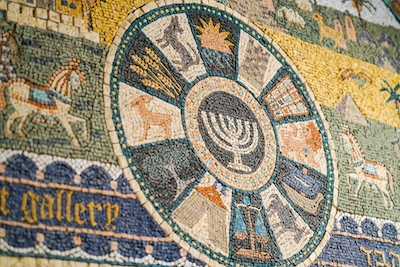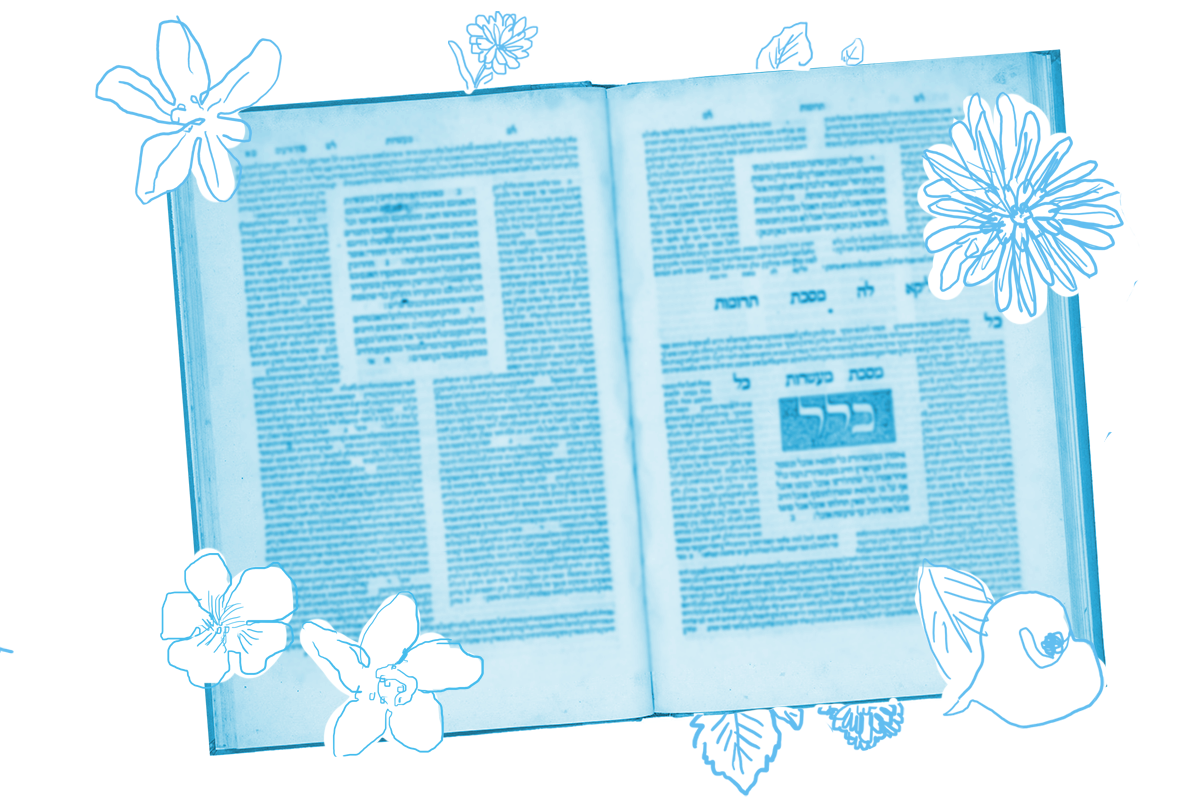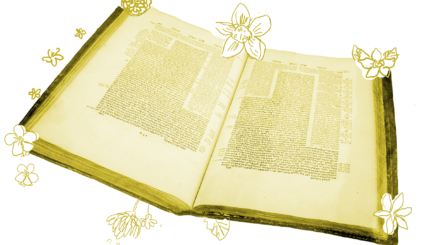In Judaism, adultery is always a capital crime, but the circumstances determine the method of execution. If a betrothed woman commits adultery, she is stoned, but if a married woman commits adultery, she is put to death by strangulation. And Leviticus 21:9 tells us that: “When the daughter of a priest defiles herself through harlotry, it is her father whom she defiles; she shall be put to the fire.” The married daughter of a priest who commits adultery, who has dishonored both her husband and father, is executed using an even more severe manner of execution: burning.
The category “daughter of a priest” (bat kohen) may seem self-evident, but for the rabbis it is not. So exactly which philandering women are subject to execution by flames? A beraita:
“The daughter of a priest”: I have a source only for the case of a priest’s daughter who married a priest. From where is it derived (that for adultery she is also liable to be executed by burning) if she married a Levite, an Israelite, a Samaritan, a person with flawed lineage, a Gibeonite or a mamzer? The verse states: “And the daughter of a priest,” indicating that this halakhah applies even if she is not now a priestess (i.e. married to a priest).
The beraita at first suggests that for someone to be considered a bat kohen for the purposes of this punishment, she not only needs to be born to a father who is a kohen, she should also marry one — which means she continues to live in a priestly family and enjoy the privileges that come with that status. Perhaps, the beraita muses, if she marries outside the priestly fold — to a Levite or an ordinary Israelite or to a person of problematic status (ranging from Samaritan to mamzer) — she is no longer functionally a bat kohen and therefore not susceptible to the punishment of flames? In the end, the beraita returns to the literal meaning of bat kohen to conclude that even if she is married to a non-priest, she is still the daughter of a kohen, so she is subject to execution through the more severe method of burning. At first, the Gemara appears to agree with this beraita, echoing it:
Because she married one of these men who are not priests, is she no longer the daughter of a priest? And furthermore, is it written: A priestess who married a priest?
Reasonably, the Gemara points out that the verse doesn’t designate the woman subject to burning a bat kohen who married a priest, and so we can conclude that her husband’s status does not matter. Whoever he is, her punishment remains the same. But then the Gemara acknowledges why we might be troubled by this conclusion:
It might enter your mind to say that when the Merciful One states: “When she profanes herself by playing the harlot,” it indicates that this matter applies only in a case where she profanes herself now by committing adultery. But in this case, where she is married to a non-priest, since she is already profaned from the outset (perhaps she is not burned).
Leviticus 21:9 says the woman profaned herself by playing the harlot. If we understand marriage to one of these other categories of men to also be a profanation of sorts for a bat kohen, then we could argue the extramarital affair is not the original source of her profanation — that happened when she got married — and therefore execution by burning no longer applies to her situation. The rabbis frequently sought to eliminate or soften capital punishments where possible, and there is something compelling about this logic. Indeed, further down the daf, the Gemara shares another piece of the beraita in which we learn that Rabbi Eliezer held this view:
Rabbi Eliezer says: If she is with her father, she is executed by burning, and if she is with her father-in-law, she is executed by stoning.
Rabbi Eliezer’s view is that once the bat kohen marries a non-priest, her father-in-law’s clan becomes her primary family and she is no longer subject to burning for adultery; instead, she is subject to stoning, the less severe form of execution applied to other adulteresses.
In the end, however, the Talmud returns to the majority opinion which aligns with a simpler reading of the verse in Leviticus: No matter who her husband is, if a priest’s daughter commits adultery, she is burned. This finding is codified in the Mishneh Torah: The daughter of a priest might lose benefits and even profane herself if she marries a non-kohen, but she’s still subject to the more severe punishment for adultery.
There are times when a word or phrase of Torah comes to mean something quite different from how it originally appears. Today, however, score a victory for the plain meaning of bat kohen and for a simpler, more direct understanding of halakhah.
Read all of Sanhedrin 51 on Sefaria.
This piece originally appeared in a My Jewish Learning Daf Yomi email newsletter sent on February 6, 2025. If you are interested in receiving the newsletter, sign up here.

Help us keep Jewish knowledge accessible to millions of people around the world.
Your donation to My Jewish Learning fuels endless journeys of Jewish discovery. With your help, My Jewish Learning can continue to provide nonstop opportunities for learning, connection and growth.



